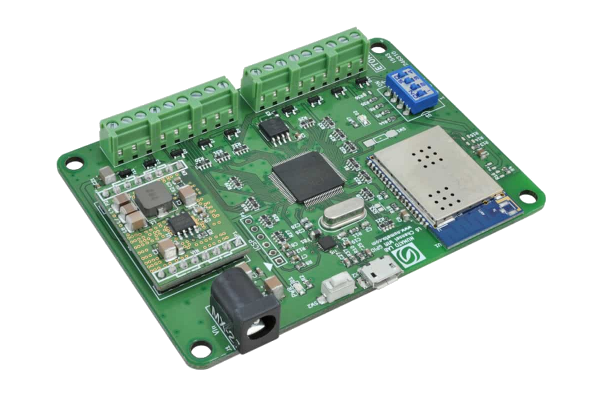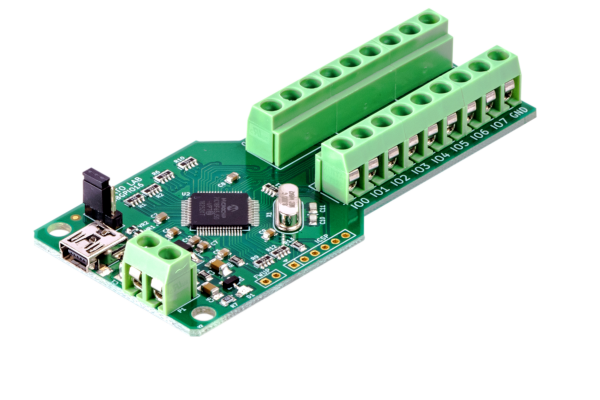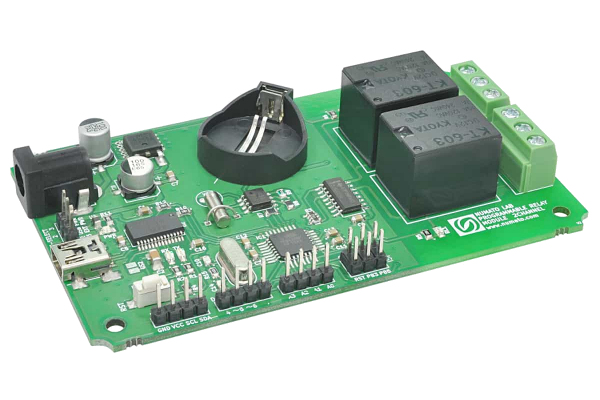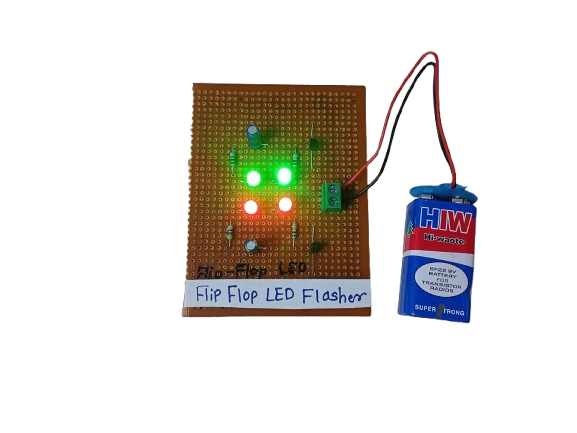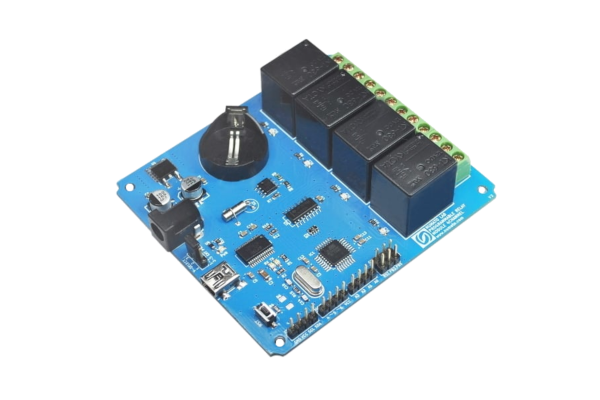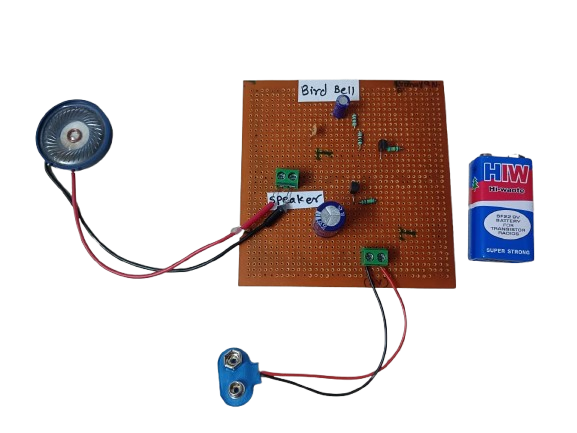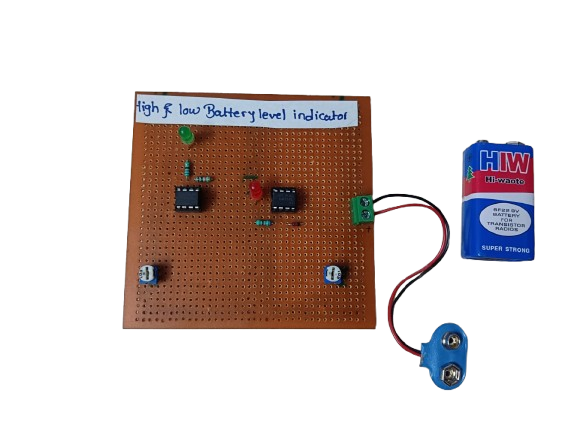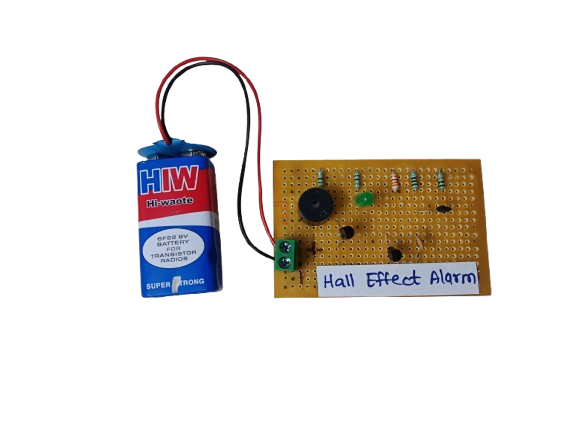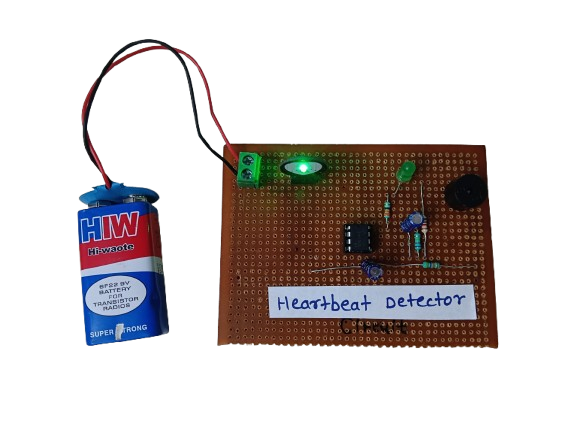RGB LED
₹140.00
In StockAn RGB LED is a light-emitting diode that combines Red, Green, and Blue LEDs in a single package. By adjusting the brightness of each color, it can produce millions of colors, making it ideal for decorative lighting, displays, and indicators.
Description
An RGB LED is a versatile and popular lighting component used in electronics and design. It consists of three separate LEDs—Red, Green, and Blue—either in a common cathode or common anode configuration. These colors are the primary colors of light, and by mixing them in different intensities, you can generate any color in the visible spectrum.
RGB LEDs are used in everything from TVs, smart lighting, and wearable tech, to DIY Arduino projects. They allow for dynamic color control, animations, and mood lighting. RGB LEDs can be manually controlled with resistors and switches, or digitally controlled using microcontrollers (like Arduino or ESP32) with PWM (Pulse Width Modulation) to set brightness levels.
Applications:
1.Smart Lighting
1.Mood lights, color-changing bulbs, ambient light systems.
2.Displays and Signage
1.Used in LED matrix displays and billboards.
3.Status Indicators
1.Show device state (e.g., red = error, green = OK, blue = standby).
4.Wearables and Fashion
1.Used in glowing accessories and reactive clothing.
5.Home Automation
1.RGB lights controlled via phone apps or voice assistants (e.g., Alexa, Google Home).
6.Gaming and PC Builds
1.RGB fans, strips, and keyboards for visual effects.
-
A Flip-Flop LED Flasher is a simple electronic circuit that alternately turns two LEDs on and off in a continuous loop, creating a blinking or “flashing” effect. It’s commonly built using transistors, resistors, capacitors, and LEDs, forming an astable multivibrator — a basic circuit that oscillates between two states without any external triggering.
It’s often used for decoration, indicators, or learning basic electronics.
₹175.00 -
The Conveyor Belt Object Counter using LDR and 7-Segment Display with the 8051 microcontroller is designed to count objects passing in front of an LDR (Light Dependent Resistor) sensor. The system works by detecting light interruptions when an object crosses the sensor, causing a change in the LDR’s resistance. The microcontroller processes this change and increments an object count. The count is then displayed on a 7-segment display.




